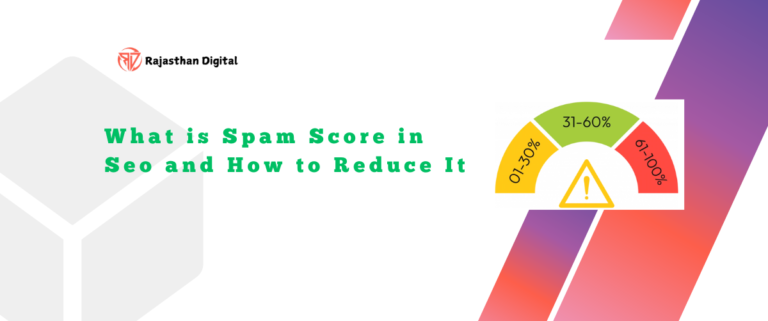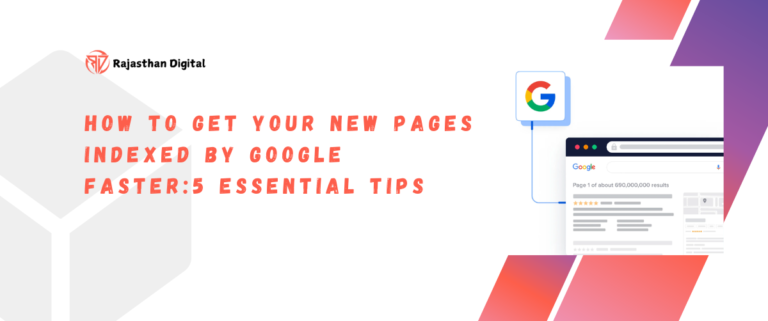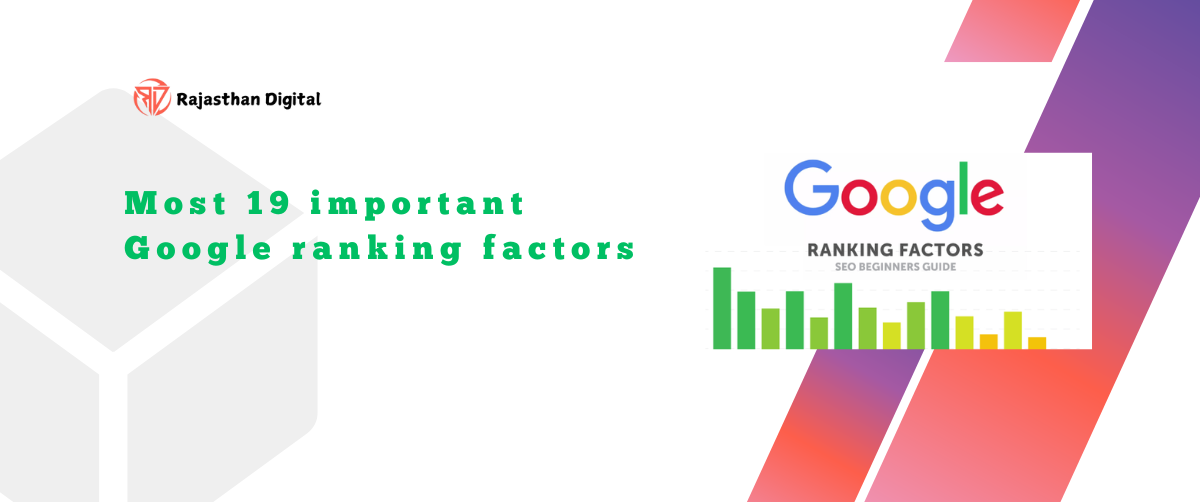Google’s ranking systems ensure users get the best search results. Key tools include BERT for understanding context, Freshness for new content, and Helpful Content for value. They prioritize reliable, user-friendly, and original pages while filtering out spam and duplicates.
Understanding Google’s search ranking systems is essential for anyone looking to enhance their website’s visibility. These systems evaluate various factors to determine the relevance and quality of content, ensuring users receive the most pertinent results. Let’s delve into some of these key ranking systems:
Here’s a more refined definition of the Google 19 ranking factors mentioned:
1. BERT (Bidirectional Encoder Representations from Transformers)
BERT helps Google understand the meaning of words based on the context in which they appear. For example, the query “how to make a bank” could mean building a physical structure or creating a financial institution. BERT allows Google to interpret which one is more likely based on surrounding words.
2. Crisis Information System
This system ensures that timely and accurate information about crises, such as natural disasters, is highlighted in search results. If you’re searching for details about a recent earthquake, this system ensures you get authoritative sources.
3. Deduplication System
This system avoids showing duplicate content in search results. If two different pages contain the same or very similar information, only the most authoritative or relevant one will appear in the results.
4. Exact Match Domain System
In the past, websites with domain names matching a search query (like “bestlaptops.com”) were prioritized. However, Google now considers a broader set of quality factors rather than just relying on exact matches.
5. Freshness System
Google prioritizes fresh content when a search query is time-sensitive. For instance, if you search for “2024 Oscars winners,” Google will prioritize content that is current and relevant to the year, rather than outdated results.
6. Helpful Content System
This system rewards content that is genuinely useful and engaging. For example, a detailed and well-written article on “how to start a blog” would rank higher than a vague, shallow one.
7. Link Analysis System
Links from other websites act as votes of trust. Google evaluates both the number and quality of these links to determine the relevance of a page. A page with many high-quality links will usually rank higher.
8. PageRank System
PageRank evaluates the importance of a page based on how many and how high-quality the links to the page are. A page with more reputable links from authoritative sites will be considered more valuable.
9. Local News System
For location-based searches, Google prioritizes news from local sources. If you search for “New York weather,” Google will show you the latest weather updates from New York-based news outlets.
10. MUM (Multitask Unified Model)
MUM can understand information across languages and formats, meaning it can answer complex, multi-step queries, such as providing travel itineraries or comparing products, even when the answer involves data from different languages or sources.
11. Neural Matching System
Neural matching helps Google understand synonyms and related words. For instance, if you search for “best budget laptop,” Google’s system will also look for terms like “affordable laptops” to provide the best results.
12. Original Content System
Google favors unique, original content. For instance, if you publish exclusive research, a unique perspective, or in-depth analysis, your content is more likely to rank higher than generic, copied content.
13. Removal-Based Demotion System
When content is removed due to legal or ethical reasons (like violating copyright), it is demoted or removed from search results. For example, pirated or unlawful content will no longer appear in search.
14. Page Experience System
This system evaluates how users interact with a page. Websites that are mobile-friendly, fast-loading, and free of intrusive ads tend to rank higher because they provide a better user experience.
15. Passage Ranking System
This system allows Google to rank individual sections or passages of a webpage rather than the entire page. So, if a specific part of a long article directly answers a query, Google may show that passage instead of the entire page.
16. Product Review System
Google favors detailed, informative product reviews. A review that compares various models, includes pros and cons, and offers clear recommendations is more likely to rank higher than a simple product listing.
17. Reliable Information System
Google ensures that trustworthy sources rank higher, especially for sensitive or important topics like health, finance, or legal matters. Credible websites like government or medical institutions are considered more reliable.
18. Site Diversity System
This system aims to provide diverse perspectives in search results. If many sources cover the same topic, Google tries to show results from different websites rather than displaying multiple results from the same one.
19. Spam Detection System
Google’s spam detection system identifies and demotes low-quality, spammy content. Websites that engage in manipulative tactics like keyword stuffing or misleading redirects are penalized.
These ranking signals work together to ensure that Google serves the most relevant, accurate, and high-quality content to its users.
In conclusion, understanding Google’s search ranking systems is vital for optimizing your website’s visibility and delivering high-quality content to users. Each system plays a unique role in ensuring that search results are relevant, accurate, and user-centric. By focusing on creating fresh, helpful, and original content while adhering to best practices like improving page experience and earning trustworthy links, you can enhance your site’s rankings and build credibility in your niche. Staying updated with Google’s evolving algorithms is the key to sustained success in the ever-competitive digital landscape.







